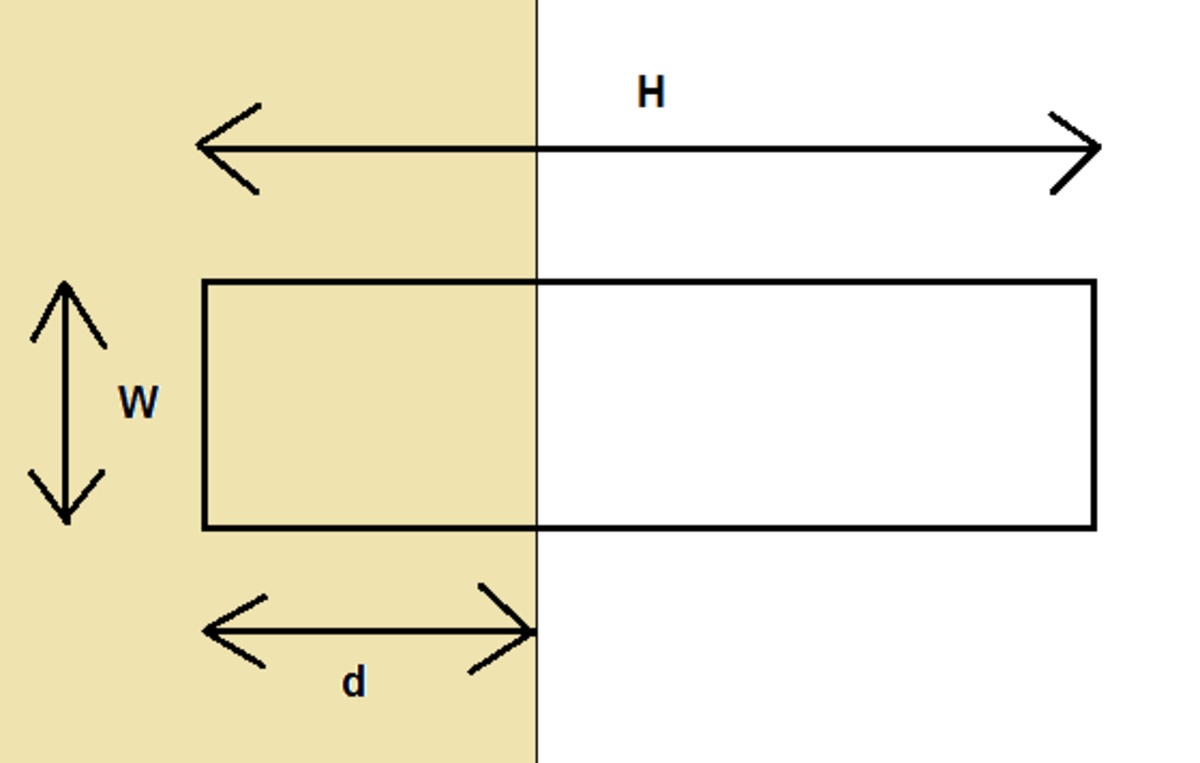The loop problem!
A wire loop is hovering in outer space (weight less vacuum) with its plane parallel to plane. In there is a homogeneous magnetic field parallel to axis . The rigid rectangular loop is wide and long. The loop is made of copper wire with a circular cross-section (radius ). At the external magnetic field starts to decrease at a rate of .
Find the acceleration of the loop just after .
[ The magnetic flux density is initially and the loop is immersed into the external field with its shorter side parallel to axis. Give your answers to two places of decimal.]
The answer is 0.63.
This section requires Javascript.
You are seeing this because something didn't load right. We suggest you, (a) try
refreshing the page, (b) enabling javascript if it is disabled on your browser and,
finally, (c)
loading the
non-javascript version of this page
. We're sorry about the hassle.

The loop becomes to move because of induction. A changing magnetic field produces an EMF to the loop which causes current to flow.The external magnetic field produces a force to the current carrying wire. The EMF induced in the loop is U = − d ϕ / d t = - A l d B / d t
where A l = l d
The current is I = U / R where
R = σ s / A w
with s = 2 l + 2 h , A w is the cross sectional area of the wire and σ is the resitivity of copper.
Thus I = U / R = [ A l ( d B / d t ) A w ] / σ s = 0 . 0 7 0 5 A
The net force exerted by the magnetic field is F = B I l and the acceleration is a = F / m
= [ A l ( d B / d t ) A w ] / σ s 2 p
= 0 . 6 2 7 m / s 2
Thus a = 0 . 6 3 m / s 2 .